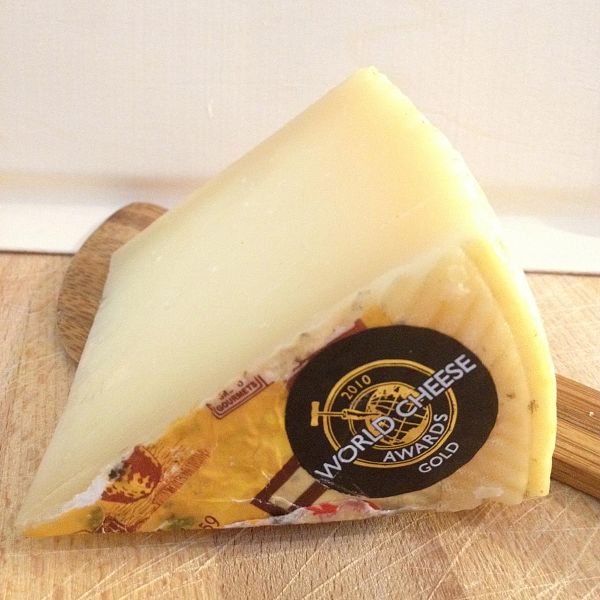Downloads:

General information
Keywords
Local products, sustainability, local economy, zero-kilometre food, seasonal food, closeness food, slow food, real food
Level

General information
Buying in a traditional market means buying seasonal and locally produced products. These are also known as zero-kilometre products since they are consumed where they are produced. This way of buying and consumption has a high positive impact on our health because seasonality implies variety in our diet, preference for locally produced food, and lower consumption levels of processed food.
In order to value and preserve typical, high-quality, and traditionally produced food, mostly by hand, protected designations of origin (PGO) and protected geographical indications (PGI) are applied in all Mediterranean countries, including not only elementary products, but also its preparations and elaborations.
Traditional food is also known as slow food and real food: it is food prepared according to traditional recipes using typical local and seasonal products, which preserves the local gastronomy as a cultural expression and as a distinct and essential value of identify of each place or region.
Slow food and real food are social movements that have emerged in the last decade for encouraging and educating people in healthier and more sustainable ways of eating. They advocate for wholesome, local, seasonal food, consumed slowly, frugally and with minimal processing. These movements try to reposition the act of eating as an occasion in life that deserves attention, care and to which adequate importance must be given.
Description
Traditional food is also known as slow food and real food: it is food prepared according to traditional recipes using typical local and seasonal products, which preserves the local gastronomy as a cultural expression and as a distinct and essential value of identify of each place or region.
Slow food and real food are social movements that have emerged in the last decade for encouraging and educating people in healthier and more sustainable ways of eating. They advocate for wholesome, local, seasonal food, consumed slowly, frugally and with minimal processing.
These movements try to reposition the act of eating as an occasion in life that deserves attention, care and to which adequate importance must be given.
Labels
Benefits
The consumption of local products activates the local economy, preserves the life in rural areas and contributes to fix population to territories, existing several examples of rural development all along Europe thanks to the recuperation of traditional farming and livestock.
In addition, the cultivation of these products is carried out in a sustainable way, through traditional methods that help to conserve the ecosystem, so important today, managing to preserve our traditional products in the face of the arrival of external varieties that try to replace them.
Traditional gastronomy based on typical products is also an attraction for visitors and a mean for the development of a high-quality tourism, who want to try unique varieties and immerse themselves in the cultural tradition of the destination they are visiting.
Representative Products
Local products from each country , most of them protected under geographical indication (PGI) and protected designation of origin (PDO)
Risks
Loss of indigenous products that are replaced by external variants or artificially produced
Ortorexi, pathological obsession with proper nutrition characterized by a restrictive and rigid diet.
Further references
https://www.travlinmad.com/blog/traditional-food-around-the-world
https://blog.topdeck.travel/13-foods-must-eat-europe/
https://www.thekarlfeldtcenter.com/what-are-traditional-foods-and-why-are-they-important-to-our-health/
https://www.goodto.com/food/seasonal-food-calendar-71128
https://www.transparency-one.com/es/3-ways-define-local-food/
https://ojs.uv.es/index.php/IREP/article/view/19350
https://www.researchgate.net/publication/273156296_The_clinical_basis_of_orthorexia_nervosa_Emerging_perspectives
 Play Audio
Play Audio

